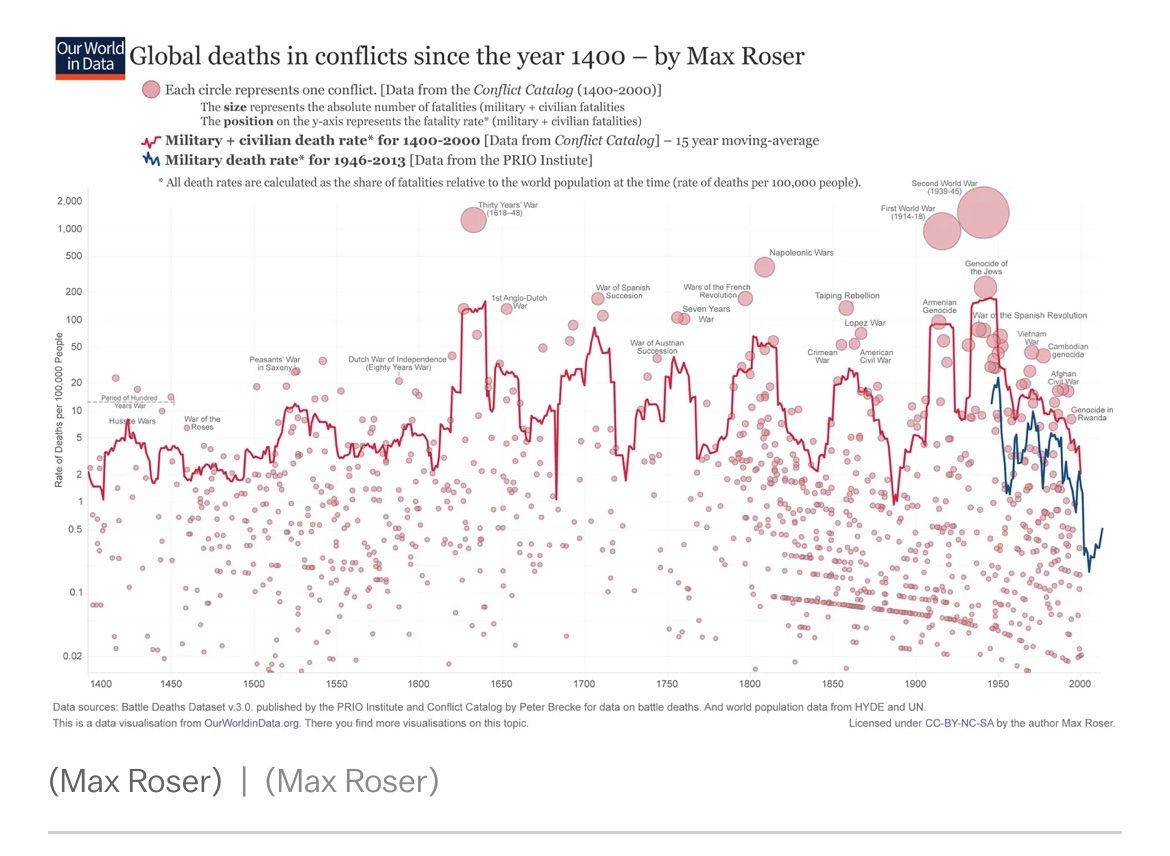Viktor Aheiev/iStock via Getty Images
As the UK share market shows possible signs of weakness early in 2024, we look at ways of reducing equity risk.
In an earlier blog, we explored the FTSE 100 Target Volatility index, which adjusts its exposure to equities and cash to target a specific level of index volatility.
In this blog we look at another, quite different defensive equity strategy, the FTSE 100 Minimum Variance index.
What is a minimum variance index?
The objective of a minimum variance index is to create a portfolio of stocks with the lowest overall volatility, subject to defined constraints.
The aggregate volatility of a portfolio depends on two things:
- The volatility of the individual stocks within the portfolio
- And their correlations with other stocks.
A minimum variance portfolio (MVP) doesn’t necessarily select the stocks with the lowest past volatility, considered individually. This is because uneven correlations between stocks provide scope to reduce the aggregate portfolio volatility through diversification.
[If this sounds confusing, imagine two stocks that move in perfect opposition to each other—if one is up on one day by X%, the other is down by the same amount, and vice versa. A 50/50 portfolio of both these stocks would not move, even if the two stocks were quite volatile when considered in isolation.]
How we build it
We build the FTSE 100 Minimum Variance index by building a matrix including data on stocks’ historical volatility and their pairwise correlations (how each stock in the index has moved in relation to each other stock).
Using this so-called covariance matrix, we run a computer programme called an optimisation. The output of the optimisation is the mix of stocks (and their respective weights) that minimised the past volatility of the index.
FTSE Russell’s approach to building minimum variance indexes is to take a “light touch” approach to the index methodology: we limit the number of constraints and ensure diversified outcomes.
For example, in the FTSE 100 minimum variance index we specify that no individual stock can represent more 4.5 percent of the index by weight and that individual industries cannot represent more than 20 percent at the regular index review. The index has a minimum diversification target as well[1].
In aggregate, these constraints also have the effect of limiting index turnover at the periodic index reviews. As stock volatilities and correlations change over time, the minimum variance index needs to be rebalanced regularly by means of a new optimisation. The mix of stocks that minimised index risk in one period won’t necessarily be the same as the mix minimising risk in the next period.
Does it work?
The most important feature of a minimum variance index is that it is all about risk reduction. And, as we can see from the charts, the FTSE 100 minimum variance index reduced the risk of the starting index (the FTSE 100) fairly consistently over the ten-year period to end-2023—and, in particular, during the volatile period that followed the outbreak of the coronavirus pandemic in early 2020.
During that volatility spike, the FTSE 100 minimum variance index cut the risk of the FTSE 100 by up to six percent.
Annualised Volatility (60-day Trailing)
Source: FTSE Russell. Past performance is no guarantee of future results. Please see end for important disclosures.
Volatility Reduction Vs FTSE 100 (60-day Trailing)
Source: FTSE Russell. Past performance is no guarantee of future results. Please see end for important disclosures.
What about returns?
Minimum variance is not a return-focused strategy: in other words, the index is designed to minimise risk. Its return is a secondary outcome of this risk-reducing objective.
Nevertheless, in seven of the eleven years between 2013-2023 (inclusive) the minimum variance version of the FTSE 100 produced a higher return than the FTSE 100, and minimum variance outperformed each time the FTSE 100 had a down year (in 2015, 2018 and 2020).
Annual Returns
Source: FTSE Russell. Past performance is no guarantee of future results. Please see end for important disclosures.
Taking a snapshot of the two indices as at March 2020 (see below), the FTSE 100 minimum variance index had notably lower exposure than the FTSE 100 to the Oil and Gas industry, and higher exposure than the FTSE 100 to the Consumer Services industry.
FTSE 100 Min Var Net Quarterly Returns VS FTSE 100
Source: FTSE Russell. Past performance is no guarantee of future results. Please see end for important disclosures.
| Industry | Min Var | FTSE 100 | Net |
|---|---|---|---|
| Consumer Services | 19.70% | 10.50% | 9.20% |
| Technology | 2.50% | 0.60% | 1.90% |
| Utilities | 6.20% | 4.60% | 1.60% |
| Consumer Goods | 19.00% | 18.40% | 0.60% |
| Telecomms | 3.10% | 3.20% | 0.00% |
| Industrials | 9.40% | 9.70% | -0.30% |
| Basic Materials | 7.40% | 8.30% | -1.00% |
| Financials | 19.70% | 21.00% | -1.40% |
| Health Care | 9.60% | 13.50% | -3.90% |
| Oil and Gas | 3.40% | 10.20% | -6.80% |
Footnote: Industry exposures as at March 2020
This may explain the relative strong performance of the minimum variance approach during the first part of the pandemic in 2020. In that year the Oil and Gas industry gave a -40.6% return, versus a -11.5% return for the FTSE 100 as a whole.
A Useful Addition
What does all this mean? Minimum variance’s principal goal is to reduce equity risk, and judging by these results it does so successfully.
And, returning to the question at the beginning of the blog—how to keep some exposure to UK equities while reducing volatility and without necessarily compromising returns—a minimum variance strategy is a useful addition to investors’ toolkit.
1. For details, see FTSE 100 Minimum Variance Index: Ground Rules (lseg.com)
Disclaimer
© 2024 London Stock Exchange Group plc and its applicable group undertakings (“LSEG”). LSEG includes (1) FTSE International Limited (“FTSE”), (2) Frank Russell Company (“Russell”), (3) FTSE Global Debt Capital Markets Inc. and FTSE Global Debt Capital Markets Limited (together, “FTSE Canada”), (4) FTSE Fixed Income Europe Limited (“FTSE FI Europe”), (5) FTSE Fixed Income LLC (“FTSE FI”), (6) FTSE (Beijing) Consulting Limited (“WOFE”) (7) Refinitiv Benchmark Services (UK) Limited (“RBSL”), (8) Refinitiv Limited (“RL”) and (9) Beyond Ratings S.A.S. (“BR”). All rights reserved.
FTSE Russell® is a trading name of FTSE, Russell, FTSE Canada, FTSE FI, FTSE FI Europe, WOFE, RBSL, RL, and BR. “FTSE®”, “Russell®”, “FTSE Russell®”, “FTSE4Good®”, “ICB®”, “Refinitiv” , “Beyond Ratings®”, “WMR™” , “FR™” and all other trademarks and service marks used herein (whether registered or unregistered) are trademarks and/or service marks owned or licensed by the applicable member of LSEG or their respective licensors and are owned, or used under licence, by FTSE, Russell, FTSE Canada, FTSE FI, FTSE FI Europe, WOFE, RBSL, RL or BR. FTSE International Limited is authorised and regulated by the Financial Conduct Authority as a benchmark administrator. Refinitiv Benchmark Services (UK) Limited is authorised and regulated by the Financial Conduct Authority as a benchmark administrator.
All information is provided for information purposes only. All information and data contained in this publication is obtained by LSEG, from sources believed by it to be accurate and reliable. Because of the possibility of human and mechanical inaccuracy as well as other factors, however, such information and data is provided “as is” without warranty of any kind. No member of LSEG nor their respective directors, officers, employees, partners or licensors make any claim, prediction, warranty or representation whatsoever, expressly or impliedly, either as to the accuracy, timeliness, completeness, merchantability of any information or LSEG Products, or of results to be obtained from the use of LSEG products, including but not limited to indices, rates, data and analytics, or the fitness or suitability of the LSEG products for any particular purpose to which they might be put. The user of the information assumes the entire risk of any use it may make or permit to be made of the information.
No responsibility or liability can be accepted by any member of LSEG nor their respective directors, officers, employees, partners or licensors for (a) any loss or damage in whole or in part caused by, resulting from, or relating to any inaccuracy (negligent or otherwise) or other circumstance involved in procuring, collecting, compiling, interpreting, analysing, editing, transcribing, transmitting, communicating or delivering any such information or data or from use of this document or links to this document or (b) any direct, indirect, special, consequential or incidental damages whatsoever, even if any member of LSEG is advised in advance of the possibility of such damages, resulting from the use of, or inability to use, such information.
No member of LSEG nor their respective directors, officers, employees, partners or licensors provide investment advice and nothing in this document should be taken as constituting financial or investment advice. No member of LSEG nor their respective directors, officers, employees, partners or licensors make any representation regarding the advisability of investing in any asset or whether such investment creates any legal or compliance risks for the investor. A decision to invest in any such asset should not be made in reliance on any information herein. Indices and rates cannot be invested in directly. Inclusion of an asset in an index or rate is not a recommendation to buy, sell or hold that asset nor confirmation that any particular investor may lawfully buy, sell or hold the asset or an index or rate containing the asset. The general information contained in this publication should not be acted upon without obtaining specific legal, tax, and investment advice from a licensed professional.
Past performance is no guarantee of future results. Charts and graphs are provided for illustrative purposes only. Index and/or rate returns shown may not represent the results of the actual trading of investable assets. Certain returns shown may reflect back-tested performance. All performance presented prior to the index or rate inception date is back-tested performance. Back-tested performance is not actual performance, but is hypothetical. The back-test calculations are based on the same methodology that was in effect when the index or rate was officially launched. However, back-tested data may reflect the application of the index or rate methodology with the benefit of hindsight, and the historic calculations of an index or rate may change from month to month based on revisions to the underlying economic data used in the calculation of the index or rate.
This document may contain forward-looking assessments. These are based upon a number of assumptions concerning future conditions that ultimately may prove to be inaccurate. Such forward-looking assessments are subject to risks and uncertainties and may be affected by various factors that may cause actual results to differ materially. No member of LSEG nor their licensors assume any duty to and do not undertake to update forward-looking assessments.
No part of this information may be reproduced, stored in a retrieval system or transmitted in any form or by any means, electronic, mechanical, photocopying, recording or otherwise, without prior written permission of the applicable member of LSEG. Use and distribution of LSEG data requires a licence from LSEG and/or its licensors.
Original Post


















